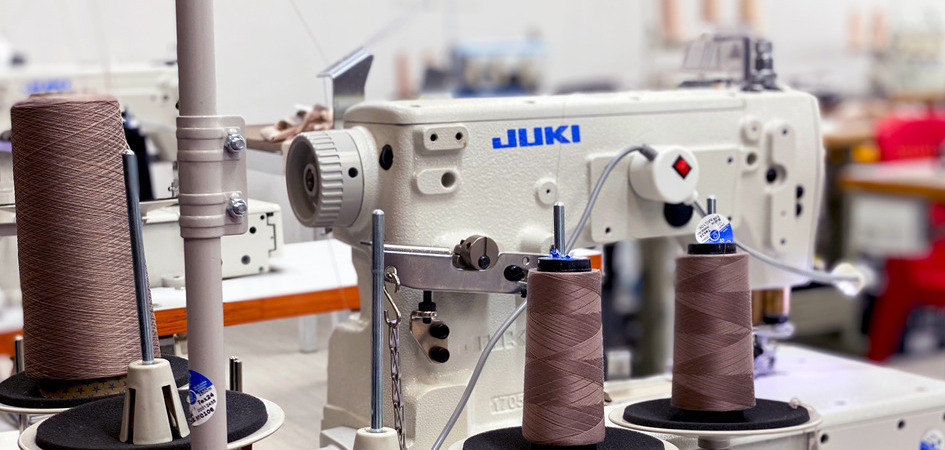Exploring Industrial Sewing Machines: Evolution, Types, and Applications
Industrial sewing machines are the backbone of textile and garment manufacturing, offering unmatched efficiency and precision. From their historical evolution to modern advancements, these machines play a pivotal role in commercial production.
Evolution and History of Industrial Sewing Machines
The history of industrial sewing machines traces back to the 18th century, evolving significantly since then. Barthelemy Thimonnier's patented sewing machine in 1830 revolutionized the textile industry, laying the foundation for today's advanced models.
Types of Industrial Sewing Machines
Industrial sewing machines come in various specialized types, including lockstitch, overlock, coverstitch, bar tack, and walking foot machines. Each type serves unique purposes in commercial production.
Key Components and Features
Understanding essential components like needles, feed dogs, bobbins, presser feet, and motors is crucial for maximizing the efficiency of industrial sewing machines. These components ensure precision and reliability in various applications.
Applications and Industries
Industrial sewing machines are indispensable in diverse industries, including apparel manufacturing, automotive upholstery, footwear, awnings, sail-making, and textile crafts. Their versatility makes them vital across sectors.
Technological Advancements in Industrial Sewing Machines
Recent advancements include IoT integration for remote monitoring, predictive maintenance, and robotics. Automated sewing machines, driven by cutting-edge technology, ensure higher precision and reduced downtime.
Conclusion: Industrial Sewing Machines – Driving Manufacturing Excellence
Industrial sewing machines continue to evolve, meeting industry demands with precision and efficiency. Their adaptability across industries signifies their indispensable role in driving manufacturing and craftsmanship innovations.

 British Pounds
British Pounds
